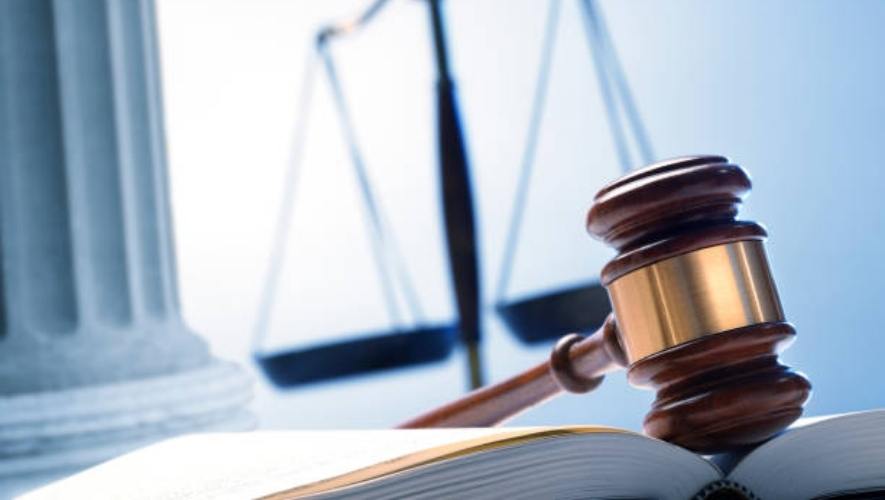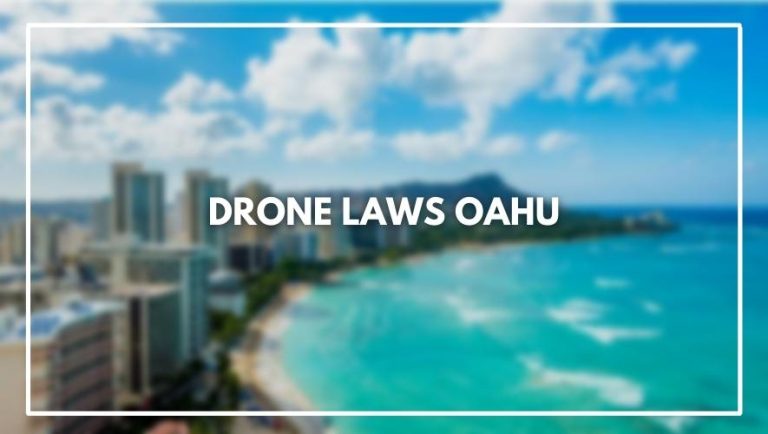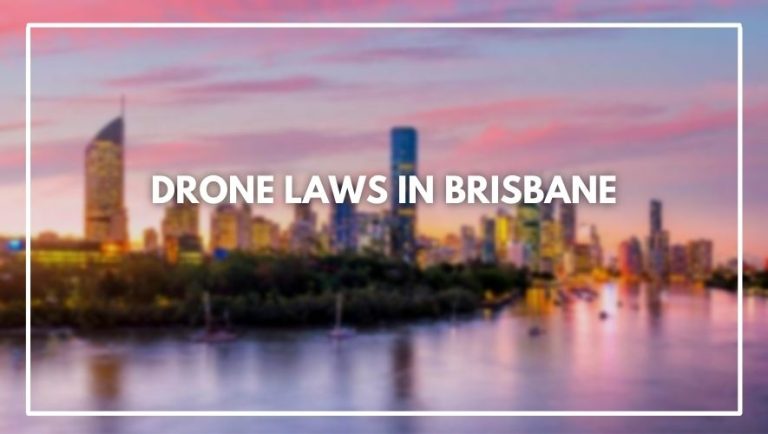Drones are a lot of fun to fly in Ottawa. But like any other vehicle, drones can cause serious problems if you don’t follow the rules. If you want to fly your drone in Canada, there are several things you must know and do before taking off.
Drone laws in Canada have been set up to ensure public safety and security. If you break these laws, you can be fined or even charged with criminal offences!
Drone Laws In Ottawa

Flying A Drone For Commercial Purposes Requires Registering
Flying a drone for commercial purposes requires registering the aircraft and getting approval from Transport Canada. You need an SFOC for any commercial drone operation, even if you’re just operating it as a hobbyist.
To get an SFOC, your drone must be registered and you must have a Special Flight Operations Certificate (SFOC). The requirements depend on what type of work you’re doing with your drone:
- For all other operations (including aerial photography, forestry patrol etc.), the operator must hold a valid flight training certificate issued by Transport Canada.
- A Special Flight Operations Certificate – Small Unmanned Air Vehicle (SUAV) System (SFOC UAV-S) will be required when operating non-recreational drones that weigh more than 1 kilogram but less than 25 kilograms total weight; this includes flights within controlled airspace with permission from NAV CANADA or another aviation organization designated by NAV CANADA.
Flying A Drone For Commercial Purposes Requires Registering
If you are flying a drone for commercial purposes, your aircraft must be registered and you must have approval from Transport Canada.
To register your aircraft with Transport Canada:
- Register online at the Canadian Aviation Registration Web site.
- Fill out the online Aircraft Registration Application.
- Pay the $100 fee (credit cards accepted).
Once you’ve paid for registration, print out your certificate of registration and keep it on board with you at all times when flying in controlled airspace. Also make sure to mark your drone with its serial number—you’ll need it if there’s ever an incident involving damage or injury caused by your drone during flight operation in uncontrolled airspace (such as near-misses with other drones).
Drones Weighing More Than 250 Grams Must Be Marked
Drones Weighing More Than 250 Grams Must Be Marked with a registration number, similar to an aircraft’s serial number.
The drone registration number is similar to an aircraft’s serial number and has been issued by Transport Canada. It will be in the form of a combination of letters and numbers, for example C-ABCD1234
Drones Can Only Be Flown Up To 90 Metres
For recreational flying, the basic rule is that Drones Can Only Be Flown Up To 90 Metres above ground level and can’t be flown at night. This law applies to recreational drone pilots.
To clarify: The 90 metres altitude is measured from ground level, not sea level. So if you’re flying your drone over a lake or other body of water, you have to make sure it’s within sight of the shoreline—otherwise it could violate this rule and land you in trouble with the police.
The Rules Don’t Apply To Children Under 12 Years Old
- The Rules Don’t Apply To Children Under 12 Years Old, if they’re being supervised by someone who complies with all the drone rules.
- Children under 12 must be supervised.
- The supervisor must comply with all of the following:
- Have a remote pilot certificate or be registered as a student pilot;
Flights Must Remain Below 400 Feet
If you’re located within 5 nautical miles / 9 kilometres of an airport, or within the controlled airspace of an airport, you must contact air traffic control to see if there are any restrictions on your flight.
In general, when flying at a higher altitude than 400 feet AGL (122 metres), you need to keep clear of other aircraft and vessels under power in flight. If there is no such risk then it is permissible to operate above 400 ft AGL as long as the distance between your drone and any person or property (including buildings) is more than 150 meters horizontally, or 30 meters vertically.
Pilots Should Avoid Flying Within Five Miles
Pilots Should Avoid Flying Within Five Miles / 8 kilometres of airports and heliports. They should notify air traffic control if they are within this distance.
If you’re flying in the vicinity of an airport or heliport:
- You must maintain a horizontal distance of at least 75 metres (245 feet) from vehicles, vessels, and the public
- You must maintain a horizontal distance of at least 9 kilometres (5 nautical miles or 6 statute miles) from aerodromes and built-up areas
In Canada Website Shows The Location Of Airports
To find out if you can fly from any location, simply enter a location in the search box on the Transport Canada Drone Safety website and click on “Show me where I can’t fly near an airport, heliport or aerodrome.”
You will be shown map overlays that show you which areas are restricted around airports, heliports and aerodromes. If you want to plan your flight in advance, use this resource when choosing where to fly.
The map overlays are helpful because they not only show you locations where flying is limited but they also highlight places where there may be increased air traffic such as during special events at nearby stadiums or concerts.
The map overlays also provide information about other restricted areas like military bases and game reserves so it’s important to check these before taking off into the sky!
How To Register Drone In Ottawa

Learn More About Transport Canada Rules.
Before you learn the steps to register your drone in Ottawa, it’s important to understand the rules Transport Canada places on drones. In order for a person to fly a drone in Canada, they need to have a Remote Pilot Certificate with an Unmanned Aerial System (UAS) Rating.
If you are flying for recreational purposes:
- You must be at least 14 years old and able to read, write and understand English or French
- Your application must be sent in along with payment of $100
If you are flying for commercial purposes:
- You must be at least 16 years old and able to read, write and understand English or French
Go To Website And Fill Out The Forms.
- Go to the website
- Read through the rules, making sure that you understand what they are saying.
- You need to be at least 14 years old to register a drone, so if you’re younger than that, talk with your parents or guardians about doing this before they fill out any forms.
- Fill out all of the information on the form: name, address and email address (so they can send you back confirmation of registration and updates on how things work as time goes on), your phone number (so they can contact you if there’s an issue), what type of drone it is (i.e., quadcopter) and when/where it was purchased from.
- If possible include something like an invoice showing where it was bought from so there’s no confusion about which model this paperwork refers too later on down the road when someone else asks them questions about what kind of plane belongs too someone named “John Smith”. This may seem like overkill but trust me–it’ll save everyone time later!
Mail In Forms And Money.
Once you have all the documents, money and payment, send them in to the Transport Canada by mail. It is recommended that you use registered mail so that you can track your package and be sure it arrives safely.
Once they have received all this information, they will give you a registration number. This registration number allows your drone to be flown as long as it is operated within legal limits and does not interfere with other aircraft or aviation safety procedures (such as flying near airports).
Receive Your Registration Number In The Mail.
Once you have your registration number, you’ll need to put it on your drone. This is important so that anyone who spots your drone won’t try to take it.
If they see the number and know it’s registered, they’ll know that the police will come after them if they fly off with it!
The registration number has to be visible from above—anywhere else on the drone is fine. If you can’t find a place for your registration number, we recommend putting in an email address instead of an actual phone number or name.
The only problem with doing this is that people might send photos of what happens when animals find drones in their habitat!
Registering A Drone Can Help Prevent Accidents.
Drone registration is a government requirement that helps prevent accidents.
Drones are not toys, and they can be dangerous. If you don’t register your drone, you may face fines or other penalties if the police find that you have flown it without registering.
You should register your drone if it meets the minimum weight requirements for registration (250 grams or more) and if:
- You are flying for recreational purposes only;
City Has Approved New Regulations
You are in luck if you want to fly a drone in Ottawa! The city has approved new regulations for the use of drones in Ottawa.
The rules are based on Transport Canada’s drone regulations, and they’re effective as of June 1st, 2019. The bylaw officers will be enforcing these new rules, so don’t try flying your drone without following all of them!
The new regulation applies to recreational drones—commercial operators aren’t covered by this bylaw.
You have to ensure that your device is within sight at all times (within 500 metres), unless it’s operating over water or open fields with no people around; then you can lose sight as long as it stays within 400 metres of you at all times.
The maximum height for operations is 350 feet above ground level (AGL). No recreational drones are allowed within 150 metres horizontally or 30 metres vertically from an airport; there must also be 30 metres between each other when flying at altitudes below 100 meters AGL so that one doesn’t interfere with another’s flight path while pursuing their own route through an area where other users could be present
Violating Any Of The New Bylaws Could Result In A Fine Of Up To $5,000.
- Violating Any Of The New Bylaws Could Result In A Fine Of Up To $5,000.
- The maximum fine for flying a drone is $25,000 and could be more if you are a repeat offender.
- You can be fined up to $5,000 for flying your drone without proper authorization or violating city rules with it.
You Cannot Fly Your Drone Within Nine Kilometres Of An Airport.
You Cannot Fly Your Drone Within Nine Kilometres Of An Airport. This is to prevent collisions with other aircraft, as well as to protect people on the ground in case a drone falls out of the sky.
Ottawa Macdonald-Cartier International Airport is located between Woodroffe Avenue and Hunt Club Road; you can see how close it is to most of downtown Ottawas major landmarks by checking out their interactive map.
You Cannot Fly Your Drone Higher Than 90 Metres
You Cannot Fly Your Drone Higher Than 90 Metres above the ground or water. That is the maximum height allowed. You can fly lower than that, but if you want to go higher, then you’ll need a special permit from Transport Canada.
If you are flying higher than 90 metres, then you need to be a certified drone pilot and follow all of their rules and regulations as well as other laws of Canada such as privacy laws.
You Can’t Operate A Drone Equipped With A Camera
You can’t operate a drone equipped with a camera within 30 metres of buildings, vehicles, vessels, animals, people or private property without their consent. This includes the operator’s own property.
The operator is responsible for getting consent from any person or entity they might be filming (if required).
If you’re operating in an area where privacy laws are stricter than those in Canada (i.e., Europe), you’ll have to check local laws regarding filming nearby people and property before taking off your drone.
Do Not Operate Your Drone While Under The Influence Of Drugs Or Alcohol
The rules against operating a drone while intoxicated are clear, and they’re the same as rules against operating any other motor vehicle. If you’re operating a car or boat, you should not be under the influence of anything that would impair your ability to drive safely.
The same goes for drones: if you are using one while intoxicated or otherwise impaired in any way by drugs or alcohol, it could put both others and yourself at risk of injury or harm—and it’s also illegal to do so.
Frequently Asked Question (drone Laws Ottawa)
Is It Possible To Gift A Drone?
You can gift a drone. However, you need to make sure the person receiving it is old enough and has the right equipment and training to fly safely. If not, you will be held responsible for any damage caused by their use of the drone.
If you’re interested in buying a gift for someone who lives in Ottawa, we recommend looking at our selection on Amazon or eBay.
Can You Legally Fly Your Drone At Night?
You can legally fly your drone at night, but you must follow the rules for night flying. You must have lights on your drone, and if you are flying in an area without sufficient lighting (such as an area with no street lights), then you must also have a light on the ground where you are operating. The maximum allowable distance between these lights is 150 metres (492 feet).
Flying at night is not recommended unless it’s absolutely necessary because of weather conditions or other factors that make it unsafe for daytime flights. If it’s too dark to see clearly during flight, then this could be considered reckless operation and could result in a fine being issued by Transport Canada or other authorities
Is There A Legal Minimum Age For Pilots Of Drones?
The federal government sets the legal minimum age for a drone pilot as 14 years old. This means that you must be at least 14 to fly a drone in Canada, but it also means that you need the permission of your parent or guardian if you are younger than that.
You must be a Canadian citizen or permanent resident to fly a drone in Canada; this is because drones are considered “model aircraft” and fall under Transport Canada regulations for these kinds of vehicles.
Do I Need To Register My Drone Before Flying In Canada?
Yes, you need to register your drone before flying in Canada. You can register your drone online and it will cost $5 per year. You will need to provide contact information and details about the type of drone that you own, such as its weight and wingspan.
Conclusion
Drones should be fun, safe and easy to fly. Flying safely is important for the safety of yourself and those in your vicinity. Complying with the rules should be easy and you should know what they are before taking flight.





